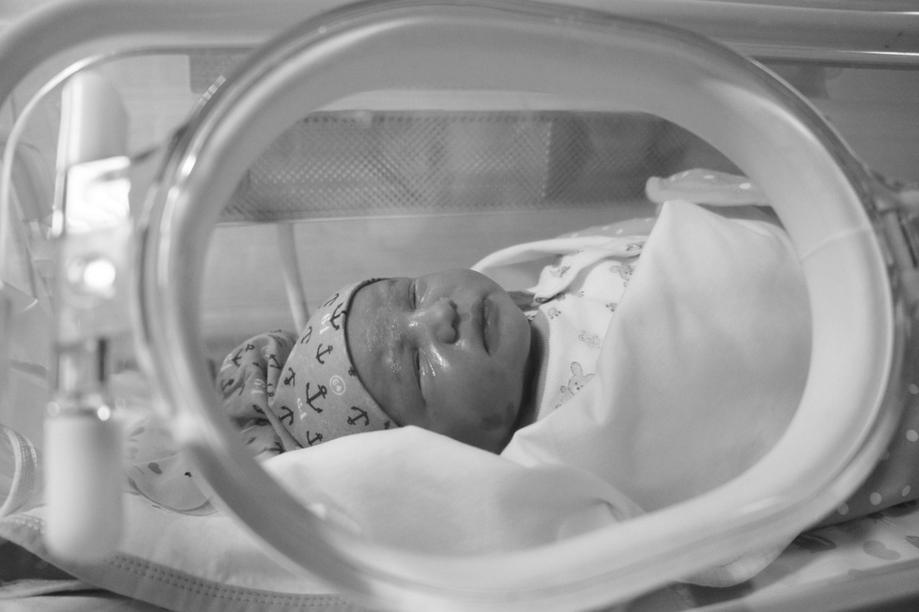The U.S. Food and Drug Administration (FDA) has issued a Class I recall of GE Healthcare’s Giraffe and Panda i-Res infant warmers. A Class I recall is the most serious class given to defective medical devices.
The recall instructs medical professionals in hospitals and other clinical settings to inspect the bedside panels and latches of the devices in this recall. The side panels may malfunction and, as a result, a newborn baby may fall from the warmer.
GE Healthcare Receives Hundreds of Complaints
GE Healthcare initiated the recall after receiving 338 complaints of the panels malfunctioning on infant warmers. In two of these complaints, infants fell from the warmers because the devices could not close properly. Both babies fractured their skulls in their falls. Thankfully, there have been no reports of deaths.
Because of the numerous complaints, and the probable severe injuries that can result due to the way the latches malfunction, the FDA designated the recall as a Class I recall. The manufacturer is recalling all Giraffe and Panda i-Res infant warmers made between 2007 and 2019. More than 25,000 warmers are included in the recall.
Design Flaw Responsible for Infant Injuries?
The malfunctioning panels and latches appear to be due to a poor design that encourages healthcare workers to use the devices incorrectly. Though the devices have handles for maneuvering, healthcare workers sometimes grab onto the panels to move the warmers. Maneuvering the device by the panels can cause cracks or breaks in the latch areas.
A cracked or broken latch can fail to keep the warmer shut when an infant moves or rolls inside of the warmer. These infant warmers are designed in such a way that routine use is breaking the latches that are needed to keep babies from falling out.
The Terms of the Class I Recall
GE Healthcare requests that all healthcare providers inspect their infant warmers for cracks or damage to the panels or the latches. Furthermore, they recommend ceasing to use the devices if there are any problems with the latches.
In March, 2019, GE sent an Urgent Medical Device Correction notification letter. In this letter, they advised that healthcare workers may continue to use the warmers but only if the panels and latches are intact and operating properly. The notification was updated in June, 2019.
However, now that there is a Class I recall, all affected infant warmers must now have safety labels affixed to the panels. These labels advise about the correct and incorrect ways to move the warmers. To cut down on human error, GE Healthcare also produced and distributed instructional posters explaining the correct use of the device.
Not GE Healthcare’s First Class I Recall
In 2014, the FDA issued a different Class I recall for Giraffe and Panda warmers and resuscitation systems. Once again, the reason for the recall was poor design and human error. In this recall, the affected devices had components installed backwards during assembly.
The error in manufacturing had the potential to result in the devices dispensing inappropriate levels of oxygen. Since these warmers are for use with very young infants, either overexposure or under-exposure to oxygen can cause serious injury or death. Here again, the FDA felt it was appropriate to issue their highest, most urgent classification for this mishap.
In this recall, GE Healthcare manufactured the defective infant warmers between April 1, 2007, and October 31, 2013. The devices were first available for use in hospitals and clinics in October, 2007.
How Does the FDA Classify Recalls?
The FDA classifies recalls as a Class I, II, or III in order to communicate to the public the level of potential or actual danger the product presents. Medical device recalls may be classified as:
Class I Recall
The most serious and urgent type of recall. A Class I recall indicates there is a reasonable probability of serious injury or death as a result of the product in the recall.
Class II Recall
A Class II recall indicates there is a probability that the use of such a product may result in only minor or temporary injuries, or that the chance of someone suffering serious injury is remote.
Class III Recall
A situation in which use of the recalled product is not likely to cause injury or illness.
FDA Evaluation of Health Hazards
There are several factors the FDA takes into account when it evaluates the dangers of products that may be subject to a recall. These factors include:
- Whether consumers have reported adverse events or injuries because of using the product.
- Whether any conditions could create a situation that could expose people to a health hazard.
- A demographic assessment of the hazard and its impact on various segments of the population. The FDA evaluates who will likely be exposed to the product.
- An assessment of the seriousness of the risk.
- An assessment of the likelihood that consumers will experience the hazard.
- Evaluating the consequences of the hazard to consumer lives.
Taking these factors into account, the FDA assigns a recall classification to every recall it monitors or initiates.
Has a Loved One Been Harmed by a Defective Medical Device?
The FDA exists to regulate and monitor drug and device safety. Unfortunately, by the time a recall begins, consumers are already feeling the effects of the defect or hazard. Manufacturers most certainly have a responsibility to ensure that their products are safe and effective. When they fail to meet that responsibility, they should be held accountable.
If someone you love has been harmed by a medical device subject to a Class I recall, contact Drug and Device Watch. You may have an actionable claim against any party whose negligence contributed to the injuries. To find out, schedule a free case evaluation with our legal team.
You can call us toll free at 1-888-458-6825 to schedule your evaluation, or you can contact us online.
Source:
